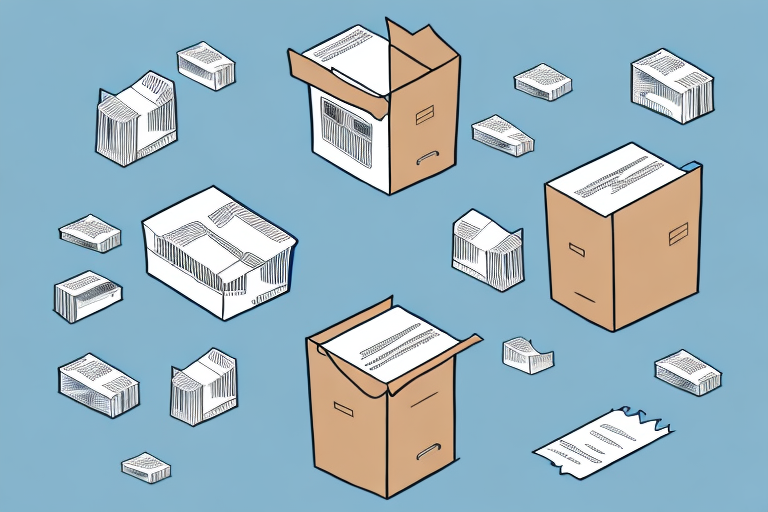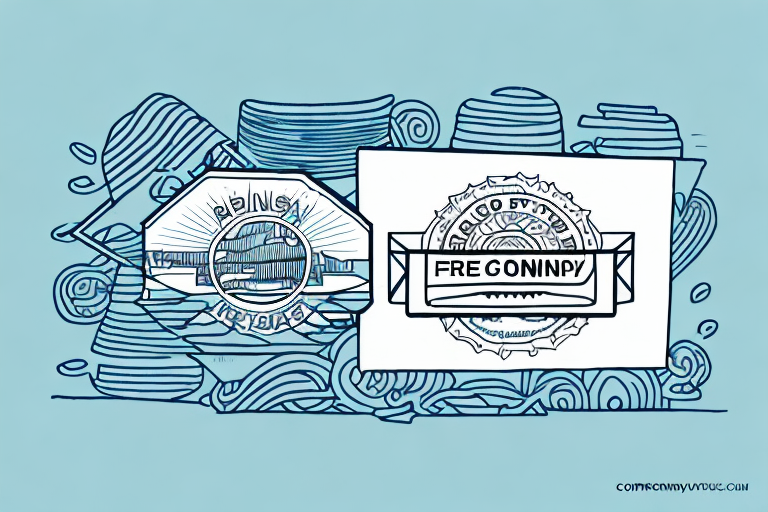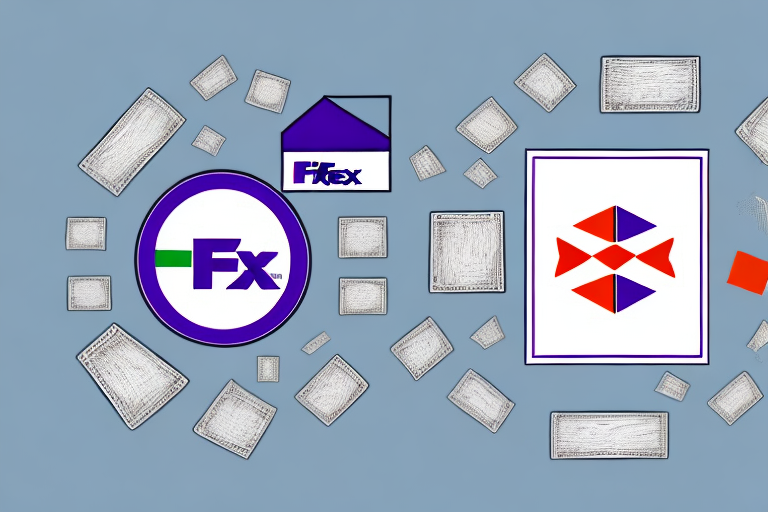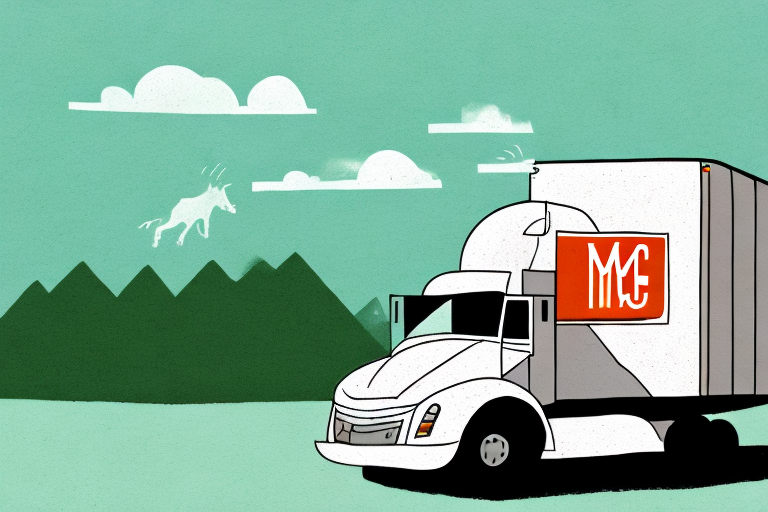How to Negotiate Better Shipping Rates with UPS Using Better Packaging
The shipping industry is a vital component of the global economy, with businesses of all sizes relying on reliable and affordable shipping services. When it comes to shipping products, UPS is one of the most widely used transportation companies in the world. However, the cost of shipping can quickly add up, especially for businesses that frequently transport large and heavy items.
Why Packaging Matters for Shipping Rates with UPS
When it comes to shipping rates, many people assume that it is based solely on the weight of the package. However, the size and dimensions of the package also play a significant role in the cost of shipping. UPS takes into account the dimensional weight, which is calculated by multiplying the package's length, width, and height (in inches) and dividing that number by a given factor (usually 139). If the dimensional weight is greater than the package's actual weight, the shipping rate will be based on the former, not the latter.
Therefore, it is important to consider the packaging of your shipment when preparing it for UPS. Using a box that is too large for the contents inside can result in a higher shipping cost due to the increased dimensional weight. On the other hand, using a box that is too small can lead to damage to the contents during transit. It is recommended to use packaging that is just the right size for the contents, with enough cushioning to protect them during shipping.
The Impact of Packaging on Shipping Costs Explained
With this in mind, it is clear that packaging can have a significant impact on shipping costs. A package that is unnecessarily large or bulky will be charged based on its dimensional weight, even if the actual weight is relatively small. Conversely, a small and compact package can be much cheaper to ship, even if it weighs the same as a larger one.
Another factor to consider when it comes to packaging and shipping costs is the type of materials used. For example, using heavy-duty cardboard or plastic may provide better protection for the contents of the package, but it can also add to the weight and size of the package, resulting in higher shipping costs. On the other hand, using lighter materials such as bubble wrap or air pillows may reduce the weight and size of the package, resulting in lower shipping costs.
It is also important to consider the destination of the package when choosing packaging materials. If the package is being shipped internationally, it may be subject to additional fees and regulations. Some countries may require specific types of packaging materials or may have restrictions on certain materials. By researching the destination country's shipping regulations, you can choose the most cost-effective and compliant packaging materials for your package.
How to Choose the Right Packaging for Your Shipment
To negotiate better shipping rates with UPS, it is essential to choose the right packaging for your shipment. For smaller items, consider using padded envelopes or small boxes to keep the dimensions to a minimum. For larger items, use boxes that are as close to the product's size as possible to avoid wasted space.
Another important factor to consider when choosing packaging for your shipment is the fragility of the items being shipped. Fragile items such as glassware or electronics require extra protection to prevent damage during transit. Consider using bubble wrap, packing peanuts, or foam inserts to cushion these items and prevent them from shifting during transport.
The Benefits of Sustainable Packaging for Your Business
Aside from reducing shipping costs, using sustainable packaging materials can also benefit your business in other ways. Sustainable packaging materials are eco-friendly, so using them can help minimize the environmental footprint of your business. Additionally, using eco-friendly packaging materials can help build your brand's reputation as a socially responsible and environmentally-conscious company.
Moreover, sustainable packaging can also attract environmentally-conscious customers who are willing to pay more for products that are packaged in an eco-friendly way. This can lead to increased sales and customer loyalty, as well as positive word-of-mouth marketing. By using sustainable packaging, your business can also contribute to a larger movement towards sustainability and help create a better future for the planet.
Understanding UPS Shipping Rates and Fees
When negotiating better shipping rates with UPS, it is essential to have a good understanding of how their pricing structure works. UPS offers a variety of services, each with its own pricing structure, and rates can vary depending on a range of factors, such as the origin and destination of the package, the type of delivery (e.g., ground vs. air), and the package's size and weight. To get the best rates, it is essential to research and compare all available options and understand the specific requirements and fees of each service.
It is also important to note that UPS may charge additional fees for certain services, such as signature confirmation or insurance. These fees can add up quickly and significantly impact the overall cost of shipping. It is important to carefully review and understand all fees associated with each service before making a decision. Additionally, UPS may offer discounts for certain types of shipments or for customers who ship frequently. It is worth exploring these options to see if they can help reduce shipping costs in the long run.
Tips for Negotiating Better Shipping Rates with UPS
- Leverage your shipping volume: Use your shipping volume to negotiate discounts or secure custom pricing by negotiating contracts directly with a UPS account executive.
- Track package volume and shipping patterns: This can provide insight into when discounts or promotions are likely to be available.
- Explore alternative shipping options: Research and compare rates from other carriers, such as FedEx or USPS, to provide leverage in negotiations.
- Maintain a good relationship with your UPS account executive: Building a strong rapport and communicating regularly can help you stay informed about new promotions or discounts.
How to Leverage Your Shipping Volume for Better Rates
For businesses that frequently ship large volumes of packages, consider working with a UPS-approved vendor. Authorized vendors offer discounted pricing to companies that use their services, and they can help you negotiate better rates with UPS by pooling volume with other businesses. This can be done either directly or through a third-party shipping partner, such as a fulfillment or logistics company.
Another way to leverage your shipping volume for better rates is to optimize your packaging. By using the right size and weight of packaging, you can reduce the dimensional weight of your shipments and potentially qualify for lower rates. Additionally, consider consolidating multiple packages into one shipment to save on shipping costs.
Finally, it's important to regularly review your shipping invoices to ensure you are being charged correctly. Mistakes can happen, and it's up to you to catch them and request refunds or adjustments. Consider using a shipping auditing service to help identify any errors and recover any overcharges.
The Importance of Accurate Weight and Dimensions in Shipping Cost Calculations
It is essential to ensure that the package's weight and dimensions are as accurate as possible when calculating shipping costs. Providing incorrect information can result in surprise fees and unexpected costs, which can quickly erode any potential savings. Use a reliable scale to weigh packages, and measure dimensions accurately to avoid overcharging for dimensional weight.
Moreover, accurate weight and dimensions are crucial for ensuring that the package is delivered safely and on time. If the weight or dimensions are incorrect, the package may not fit properly in the delivery vehicle, or it may be too heavy for the delivery person to handle. This can result in delays, damage to the package, or even the package being returned to the sender.
Finally, accurate weight and dimensions are also important for complying with shipping regulations. Different carriers have different rules and restrictions regarding package weight and size, and failing to comply with these regulations can result in fines or other penalties. By providing accurate information, you can ensure that your package is shipped in compliance with all applicable regulations, avoiding any potential legal issues.
How to Optimize Package Size and Weight for Lower Shipping Costs
To optimize package size and weight for lower shipping costs, consider using packaging that is specifically designed for shipping. Many packaging manufacturers offer boxes and envelopes that are optimized to minimize dimensional weight, so research available options to find the right solution for your business.
Strategies for Reducing Shipping Costs Through Efficient Packing
- Use appropriate packing materials: Choose materials like bubble wrap or packing peanuts that are suitable for the product being shipped.
- Optimize space: Consider using bespoke foam inserts or dividers to maximize space within the package.
- Prevent shifting: Ensure that the contents of your package will not shift during transit to avoid damage and additional charges.
The Role of Technology in Streamlining Your Shipping Operations
The use of technology can also help streamline shipping operations and reduce costs. Consider using shipping software tools that allow you to compare prices and services offered by multiple shipping providers in real-time. Shipping software can also automate the process of generating shipping labels and tracking packages, minimizing the potential for human error.
How to Use Data Analytics to Identify Cost Savings Opportunities
Data analytics can help identify ways to reduce costs and optimize shipping operations. Consider tracking shipping data such as average shipping costs, the frequency and type of shipments made, delivery times, and the types of products shipped. This data can be used to identify patterns and opportunities for cost savings, such as batch shipping multiple orders to the same destination.
Case Studies: Companies that Saved Money by Improving Packaging and Negotiating Better Rates with UPS
Many businesses have successfully reduced their shipping costs by improving their packaging and negotiating better rates with UPS. For example, a small e-commerce business was able to reduce shipping costs by over 20% by switching to smaller, more compact packaging and negotiating custom rates directly with a UPS account executive. A large retailer was able to save over $1 million annually by optimizing package size and weight and using eco-friendly packaging materials.
Best Practices for Achieving Sustainable and Cost-Effective Shipping Operations
To achieve sustainable and cost-effective shipping operations, consider implementing best practices such as using sustainable packaging materials, optimizing package size and weight, and negotiating custom rates with UPS. Additionally, tracking shipping data and leveraging technology can help identify opportunities for cost savings and streamline shipping operations. By taking these steps, businesses can reduce shipping costs, minimize their environmental impact, and create a more efficient and profitable operation.








